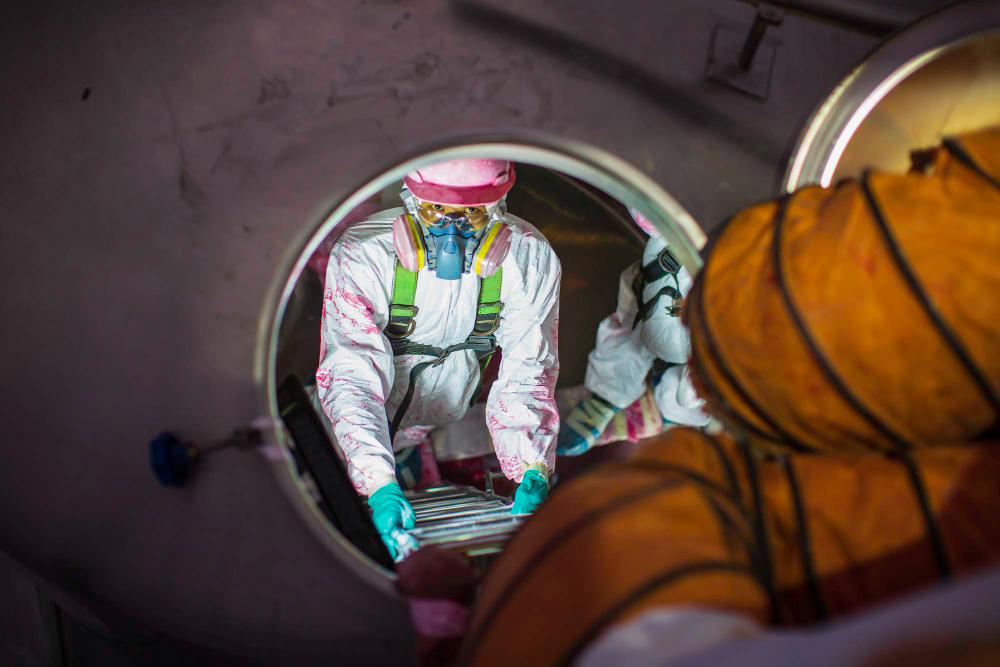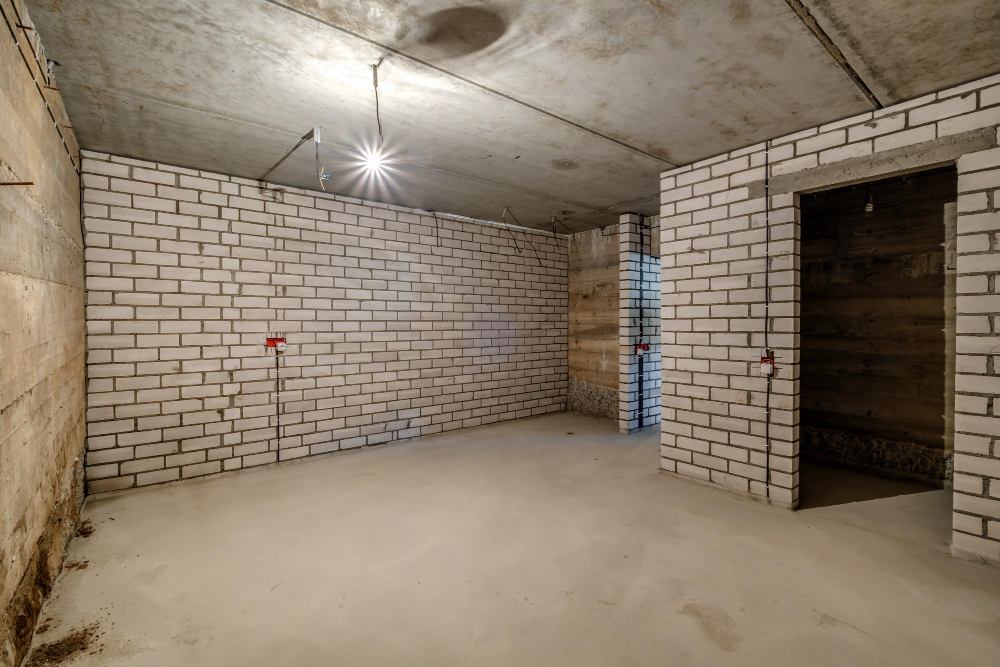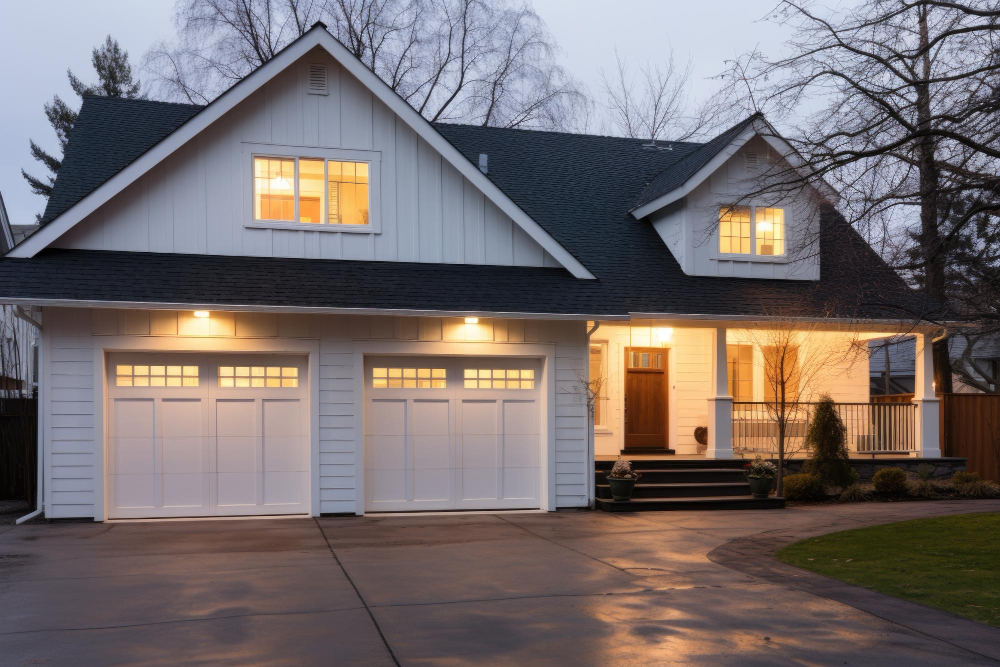Last updated on
Residential confined spaces are usually designed to support the primary structural function of the building. However, their shapes and sizes make them quite dangerous for untrained people.
That is why, in cases where construction or remodeling must occur, all such works should be performed only by specialists who have successfully completed confined space training.
Here, we will give you safety tips to prevent residential confined space hazards. But before we get started, you need to know what confined spaces are and how to identify them in residential structures.
What Are Residential Confined Spaces?

According to The Occupational Safety and Health Administration (OSHA), a confined space is described as one with the following details:
- has enough room for a worker to walk into
- entry and exit don’t have convenient openings
- uninhabitable for long periods.
In a residential building, the key confined spaces are attics, basements, and crawl spaces. These areas improve the function and structure of the building. However, they can get pretty dangerous and life-threatening if they’re not properly controlled and evaluated.
Here are some of the common hazards that can occur in residential confined spaces and how to avoid them.
- Heat-Related Dangers
Confined spaces can be extremely hot during summer, especially when they’re not properly ventilated. Spending long periods in these areas could lead to a heat stroke or cause the worker to pass out. This is a common occurrence in the attic.
To avoid this, the attic should be properly ventilated to allow fresh air in. Installing vents should do the trick. Workers who have to perform their duty in the attic should also be very time-conscious and dress as lightly as possible.
- Allergies and Respiratory Problems
Molds on surfaces, dust in the air, and the release of toxic gasses in confined spaces can cause oxygen deficiency. Being exposed to mold spores, dust particles, and the foul smell from toxic gasses for prolonged periods can cause sneezing and coughing, trigger asthma attacks and allergic reactions, and disrupt the respiratory system.
Wear the right personal protective equipment such as masks, overalls, and goggles when walking into these areas to avoid the above-mentioned hazards. Proper ventilation, routine checks, and regular cleaning can also reduce the accumulation of molds and dust.
Proper confined space training helps individuals understand the importance of ventilation and air quality monitoring in enclosed spaces.
- Restricted Access and Movement
In cases of emergency, exiting a confined space is difficult. Workers inside will not have the required space and time to leave as soon as they need to in certain situations.
So, it is important that, before entry, the worker should be trained, have a present attendant aware of their location, and have a means of communication (like a walkie-talkie) to alert the attendant or other workers on standby. Emergency and rescue services should also be available.
- Electrical and Mechanical Hazards
In confined spaces, workers could come in contact with exposed wires, and this could lead to electrocution. Exposed wires are also one of the leading causes of fire hazards.
Restricted movement caused by confined spaces can lead to entanglement, abrasion, and other injuries.
To avoid these, workers should wear the appropriate PPE, ensure the space is properly lit, and turn off electrical equipment when not in use. Most importantly, a professional electrician should first evaluate the space. This way, they can tend to all exposed wires and reduce the risk of electrocution and fire hazards.
The Takeaway
A confined space is prone to various hazards. Workers should ensure that they receive proper training, wear the right gear, and be extra cautious by carrying out a confined space risk assessment before going in. Having rescue services on standby is also important in cases of emergency.
Related reading:
Table of Contents





